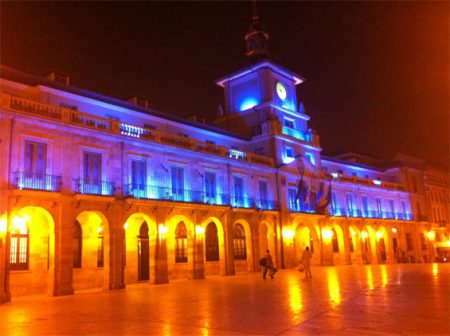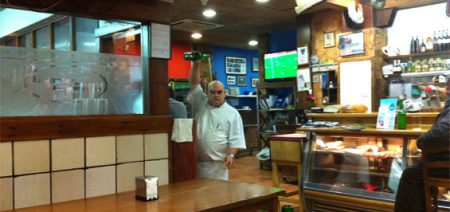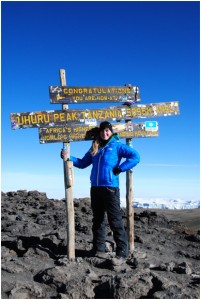
Cake or Science?

We were hungry for knowledge and thirsty for cider, so to Oviedo we went! We then promptly hopped on a bus and headed to the Technology Development Center for CO2 capture just outside of Ponferrada. Ponferrada, incidentally, is home to Castillo de los Templarios, a templar castle from the 12th Century and is the last major town along the French route of the Camino de Santiago. So this trip was a spectacular blend of the old, and the new. The very new.
First, the hosts presented us with cake and coffee, which perked us up after the early morning bus adventure. The team at esCO2 provided a concise overview of how the facility aims to put Spain at the forefront of CO2 capture through oxycombustion. The plant provided a visual backdrop of what we strive to do with some of our European Networks, especially those related to CO2 sequestration and even pipe scaling. We were given a brief run-down on what the CIUDEN institution has done to-date, with regards to carbon capture and storage. One interesting part of the set-up is the ‘transport experiment facility’, which is meters and meters of pipes, with the aim of monitoring and experimenting with the effect of CO2 on different tube materials. We were then given our safety briefing, equipped with vests, and had our cameras confiscated so we could get a tour of the esCO2 center.
The Plant tour started with the coal silos, the PC and CFB boilers and purification equipment. Then we were shown the brand new labs, well endowed with a startling array of instruments enough to make any researcher drool. A quick stop at the control room where a CSI-esque screen is projected on the wall, monitoring the pressure, temperature and general operation of the fuel preparation unit, boilers, burners and purification lines. The last part of the tour was the PisCO2 site, which monitors soils, and associated biota, for early signs of CO2 leakage and affect of CO2 on the biosphere. The day ended with a mouth-watering selection of tapas, over which much scientific discussion took place.


Once back in Oviedo, the 2nd CarbFix consortium meeting got into full swing. Thanks to Manolo, we were ushered into the Antigua Lonja del Pescado building like royalty to the music provided by Grupo de Gaitas CIUDAD De Oviedo. Very cheerful waitresses fed us an astounding array of local tapas and wine.
The rest of the meeting was days filled with sunshine, sitting in ancient halls of learning, accessed through a courtyard bearing civil war scars. At one point I almost expected participants to have a gun show to settle arguments. Instead, the combination of a striking variety of scientific results and bright minds from all over Europe, all encased in old classrooms, fostered thought-provoking questions. Some of which continued in the local cider bars.
Overall we saw how CarbFix delivered on its promise to inject at a field site, despite some unique challenges. It was shown how the Copenhagen group is closer to unlocking nature’s secrets with the aim of using them to solve some pertinent societal problems. And there was much discussion on mineral kinetics including dissolution at low pH, diffusion vs dissolution reprecipitation and biomechanical weathering. And the students were diligent in preparing an astounding array of posters summarizing their work.
This was a very productive meeting, and showed what can be achieved through such an international collaborative initiative.

About the author

Kim Nicole Dalby is a geochemist at The University of Copenhagen in Denmark. And despite having a Danish name, she is actually Australian. She did her undergraduate degree in Geology at The Australian National University, checking out volcanoes on New Zealand. She followed that up with a PhD at The University of Western Ontario in Canada, where she used X-ray Photoelectron Spectroscopy and Fourier-Transform Infrared Spectroscopy to unravel the atomic structure of silicate glasses. A 2-year post-doc at Saint Francis Xavier University in Canada gained her more experience with synchrotron research, trying to look at causes of cathodoluminescence colors in albite. But it was her love of XPS that bought her to Denmark, where she currently uses her geological knowledge in the Chemistry Department, using XPS (and some classical geological techniques) to investigate fundamental behavior of rock-forming minerals in the presence of liquids and gases. Kim is furiously learning Danish in her spare time, but still manages to find some time to travel and hike, and run, and sometimes row.
